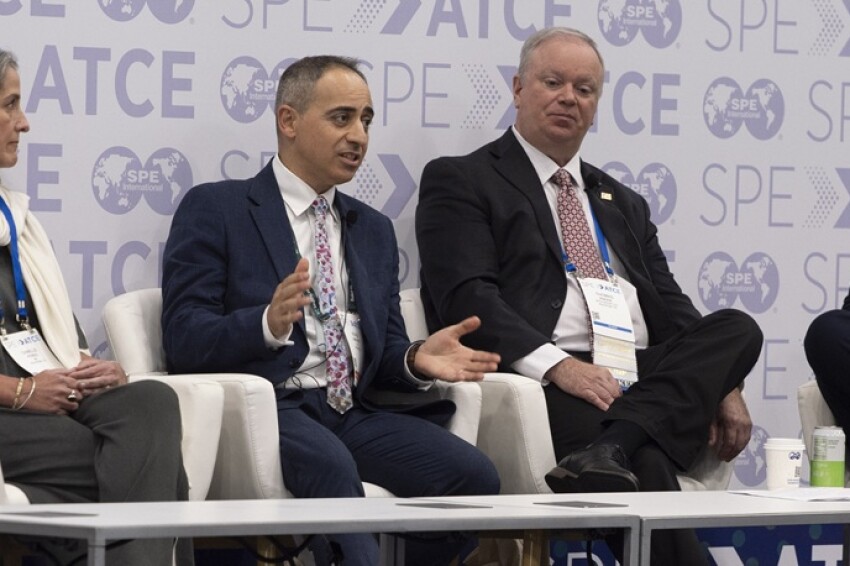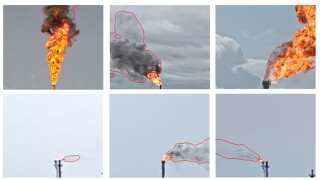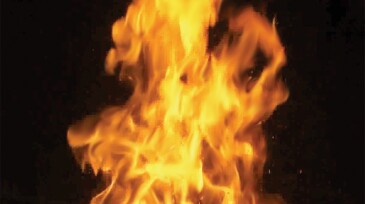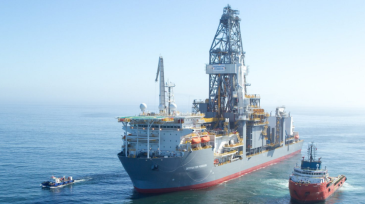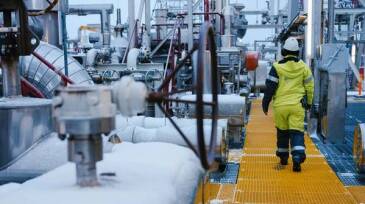Safety
A resilience-based approach to safety was the focus of a panel of experts at the 2025 SPE Annual Technical Conference and Exhibition in Houston.
This paper focuses on developing a model that can be used in an automated, end-to-end flare-smoke detection, alert, and distribution-control solution that leverages existing flare closed-circuit television cameras at manufacturing facilities.
This paper presents a physics-informed machine learning method that enhances the accuracy of pressure transient analysis, predicting reservoir properties to enhance waste slurry injection and waste disposal.
-
The organization has published new procedures designed to provide the required safety level in transporting CO2 by pipelines and strengthen the development of carbon capture and storage projects.
-
This paper considers transportation safety and risk evaluation of liquefied natural gas, with emphasis on accidental release and vapor flame.
-
This different way of looking at cultural maturity through the lens of what should be expected of supervisors and employees may help organizations develop plans and strategies to achieve an incident- and injury-free workplace.
-
A massive oil spill off the coast of Israel is being called the worst ecological disasters in the Mediterranean country’s history. The cause and full extent of the damage is still unknown.
-
The Indian Coast Guard has recovered the bodies of three crew members from the offshore supply ship Greatship Rohini, which caught fire on 13 February.
-
New proximity-based safety process watches the drill floor on board the drillship Deepwater Conqueror.
-
Norwegian oil and gas firm Equinor said it would work to improve safety in its operations following several serious incidents and injuries in the past year.
-
Keeping employees on their feet takes more than a casual reminder to “watch your step” during daily toolbox talks.
-
Just a few weeks after the Colorado Oil and Gas Conservation Commission's final approval of a statewide 2,000-ft setback between new wells and some buildings, Boulder County commissioners have adopted even stricter requirements.
-
In the aftermath of the Deepwater Horizon oil spill, the oil and gas industry, regulators, and other stakeholders recognized the need for increased collaboration and data sharing to better identify safety risks and address them before an accident occurs.

